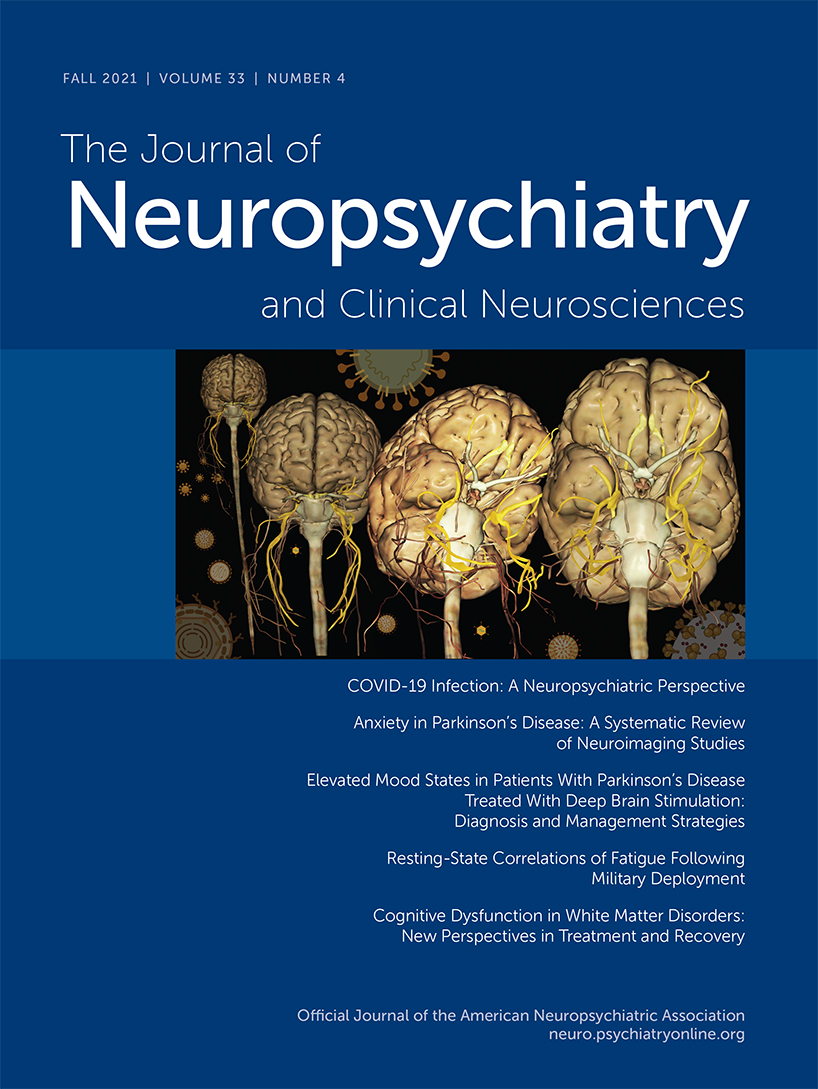Cognitive Dysfunction in White Matter Disorders: New Perspectives in Treatment and Recovery
Abstract
White matter disorders are increasingly appreciated as capable of disrupting cognitive function, and this impairment may be sufficiently severe to produce the syndrome of white matter dementia. Although recognizing this problem is important for diagnostic accuracy, the treatment of cognitive dysfunction and dementia in the white matter disorders has received relatively little attention. Similarly, few data are available regarding the potential for cognitive recovery in these disorders. Recent clinical and laboratory advances, however, indicate that effective treatment and meaningful recovery may be achievable goals for many patients with macrostructural or microstructural white matter pathology. One recent observation is that leukoaraiosis has been observed to regress with treatment of hypertension, often with concomitant improvement in cognition. Equally novel is emerging evidence that white matter exhibits substantial plasticity related to activity-dependent myelination and that this phenomenon may produce clinical benefit. These insights suggest that noninvasive and inexpensive interventions targeting white matter are warranted for a wide range of cognitively impaired patients. Moreover, given the well-established risk that vascular white matter pathology portends for developing dementia—including both vascular dementia and Alzheimer’s disease—the application of these principles before dementia onset may also be efficacious for prevention. In view of the increasingly compelling case for early white matter involvement in the etiopathogenesis of late-life dementia and the continuing lack of disease-modifying therapy, progress in treating cognitive disturbances arising from white matter disorders offers the prospect that this approach may enhance the prevention of dementia as well as the treatment of cognitive dysfunction.



